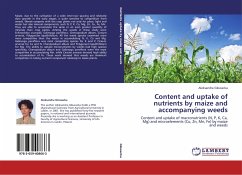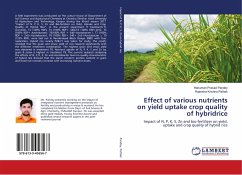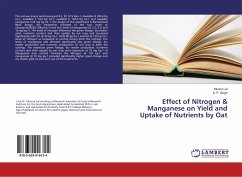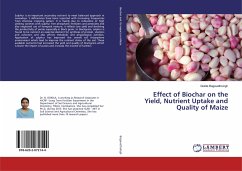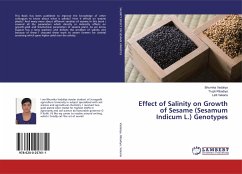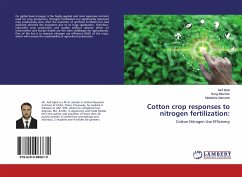Maize, due to the cultivation of a wide inter-row spacing and relatively slow growth in the early stages, is quite sensitive to competition from weeds. Weeds compete with the crop plants not only for place, light and water but also mineral components, such N, P, K, Ca, Mg, Zn, Cu, Fe, Mn. They are able to accumulate the same or an even greater quantity of minerals than crop plants. Among the weeds in these study were Echinochloa crus-galli, Galinsoga parviflora, Chenopodium album, Cirsium arvense, Polygonum lapathifolium. All the weed species examined were more competitive than the maize in accumulating N, K, Ca and Mg. Galinsoga parviflora was most competitive species for K and P, Cirsium arvense for Ca and N, Chenopodium album and Polygonum lapathifolium for Mg. The ability to uptake micronutrients by weeds had high species specificity. Chenopodium album and Galinsoga parviflora were the most competitive in accumulating Mn, while Cirsium arvense showed high ability to accumulation of Fe. These work showed that weeds are imminent competitors in taking nutrient component relatively to maize plants.

